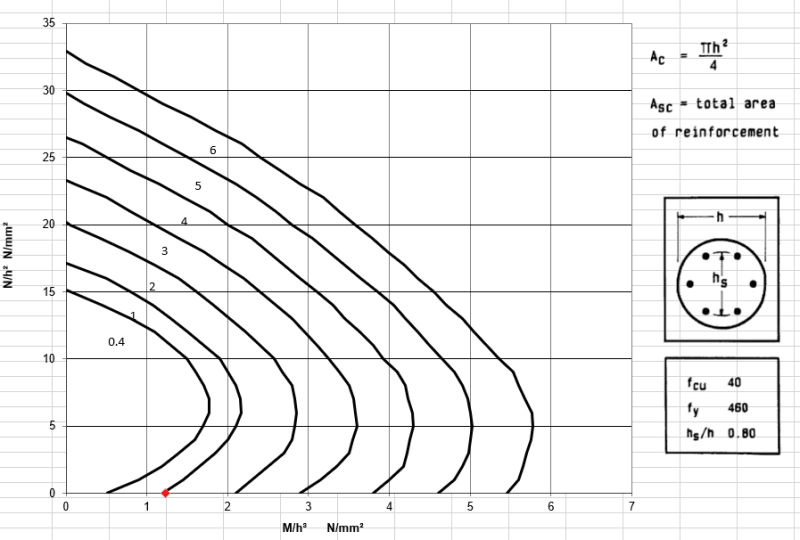Hello,
I am interested in understanding what codes engineers typically adopt in Australia to design embedded retaining walls. I'm primarily interested for the design of secant/diaphragm walls on commercial projects. For example, deep basement excavations (multi-propped/anchored/etc), rather than for embedded walls on government infrastructure projects (that I presume would use the bridge code).
A cursory examination would seem to imply that AS4678 should be the default standard. But after limited investigation, I could only find a single reference to "embedded pile" walls under Appendix E1 and the guidance here was to follow the recommendations of AS2159 for laterally loaded piles. Furthermore, Figure 1.1 would indicate that embedded retaining walls aren't really covered and that the code is primarily for gravity walls. Though, this is not stated in plain English.
Is there any general consensus on this? Do you just make AS4678 "work" for embedded walls? Do you adopt a recognised international standard (e.g. BS8002, either EC7 compliant or an older version) that specifically addresses these types of walls? Adopt the bridge code? Use AS2159? Or something entirely different.
Cheers.
I am interested in understanding what codes engineers typically adopt in Australia to design embedded retaining walls. I'm primarily interested for the design of secant/diaphragm walls on commercial projects. For example, deep basement excavations (multi-propped/anchored/etc), rather than for embedded walls on government infrastructure projects (that I presume would use the bridge code).
A cursory examination would seem to imply that AS4678 should be the default standard. But after limited investigation, I could only find a single reference to "embedded pile" walls under Appendix E1 and the guidance here was to follow the recommendations of AS2159 for laterally loaded piles. Furthermore, Figure 1.1 would indicate that embedded retaining walls aren't really covered and that the code is primarily for gravity walls. Though, this is not stated in plain English.
Is there any general consensus on this? Do you just make AS4678 "work" for embedded walls? Do you adopt a recognised international standard (e.g. BS8002, either EC7 compliant or an older version) that specifically addresses these types of walls? Adopt the bridge code? Use AS2159? Or something entirely different.
Cheers.


